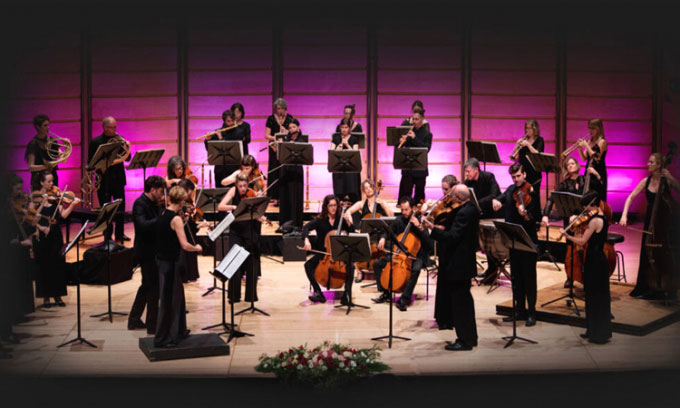If sound traveled a million times faster – at the speed of light – humans would not survive due to the devastating effects of sound waves.
Compared to light traveling at 300,000 km per second, sound waves are quite slow, moving through the air at only 0.3 km per second. This is why we see lightning before we hear thunder. So what would happen if the speed of sound suddenly increased a million times, meaning it would travel at light speed?

Humans would not survive if the speed of sound matched the speed of light. (Photo: Enrique Díaz/7cero)
In that case, humans would hear the thunder at the same moment as the lightning strikes. However, the lightning would appear very unusual.
Sound waves consist of particles, each moving just enough to collide with the next particle. This creates areas of higher and lower density within the wave, according to George Gollin, a physics professor at the University of Illinois. Imagine a slinky – as this toy moves, the coils continuously compress and then spread out. Sound waves behave similarly. At low speeds, the change in density is imperceptible, but at the speed of light, it would be entirely different.
“During a storm, the air is very humid, and sound waves pass through, compressing everything, then spreading out and causing the pressure to drop significantly,” Gollin said. The pressure corresponds to temperature, so the sudden drop in air pressure after the thunder would cause the humid air to freeze. Therefore, people would see the lightning through a thick mist of ice crystals.
With such extreme speeds, sound in our world would change completely. For instance, voices would reach pitches so high they would be inaudible. “Even your pet dog wouldn’t be able to hear its owner’s voice,” said William Robertson, a professor of physics and astronomy at Middle Tennessee State University.
The human vocal cords produce sound by creating standing waves, functioning like heavy ropes attached to the walls of a gym. When a person shakes them fast enough, the waves begin to oscillate up and down without seemingly traveling along the rope. As the rope is shaken faster, the number of waves – or frequency – increases. Similarly, as the sound waves generated by the human larynx accelerate, their frequency also increases.
With sound waves, an increase in frequency means an increase in pitch. For example, sound waves travel three times faster through pure helium than through air. Thus, inhaling helium makes a person’s voice sound like a cartoon character. If sound were to accelerate a million times, the result would be even more impressive.

Musical instruments would need to be redesigned if the speed of sound increased a million times. (Photo: Robert Catto)
The impact on orchestras would be catastrophic, Robertson remarked. Wind instruments operate similarly to the vocal cords in humans, with sound moving back and forth inside the chamber of an oboe or trumpet, creating standing waves. Humans would have to design wind instruments a million times longer to keep them in harmony with violins and cellos. The reason is that when the speed of sound changes in the air, the speed of transmission in strings remains the same.
However, humans would not survive to experience these impressive changes, as even a light whistle would cause everything around to explode into pieces.
Light travels through electromagnetic waves, which are not made of matter. But sound waves consist of particles that collide with each other. A molecule moving at the speed of light would have nearly infinite energy, Gollin noted. It would blow apart every particle it encounters, causing electrons to scatter and creating a “rain” of matter and antimatter – types of particles produced in high-speed collisions that have properties opposite to those of matter. “The effects would be truly spectacular,” Gollin concluded.

















































